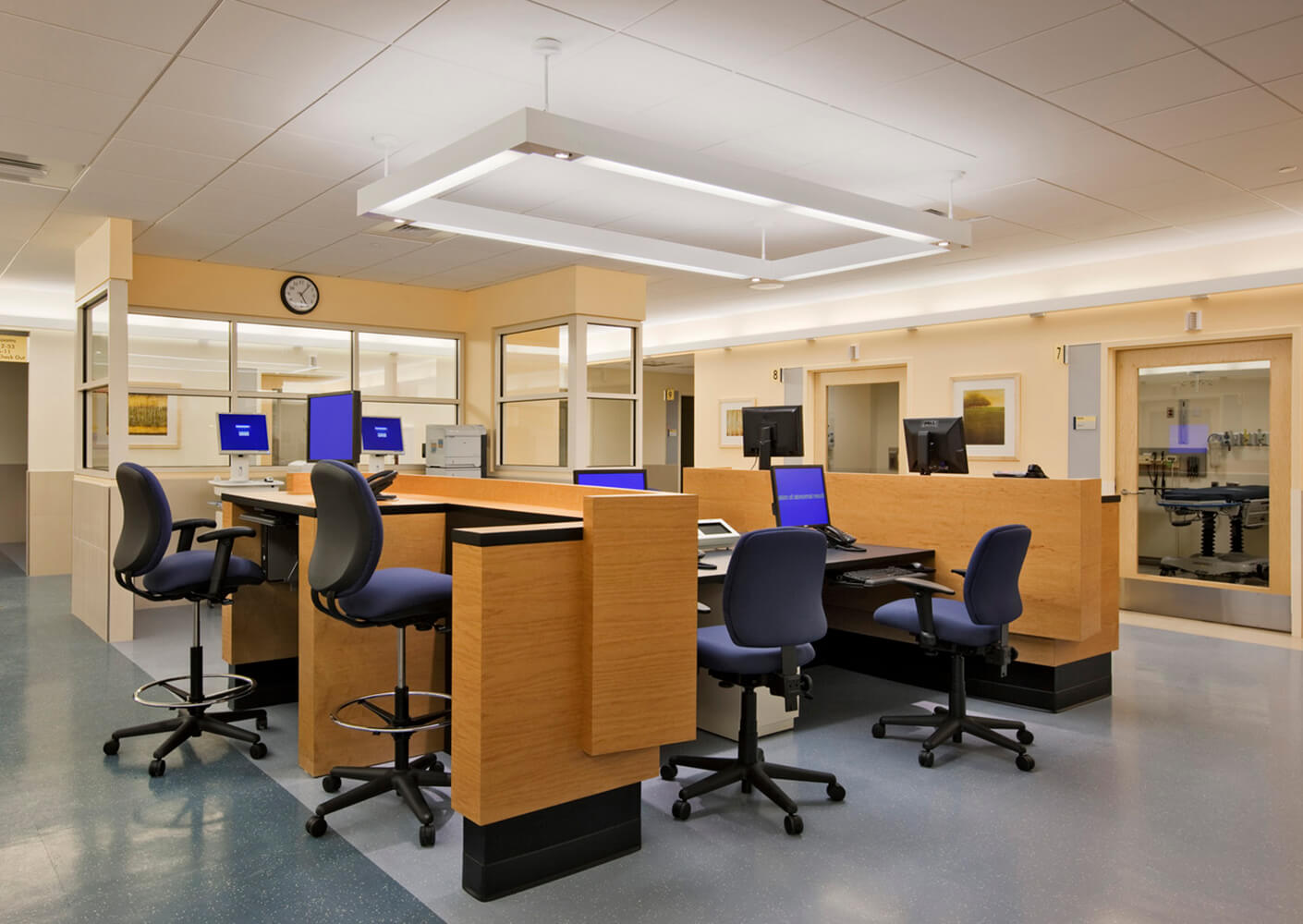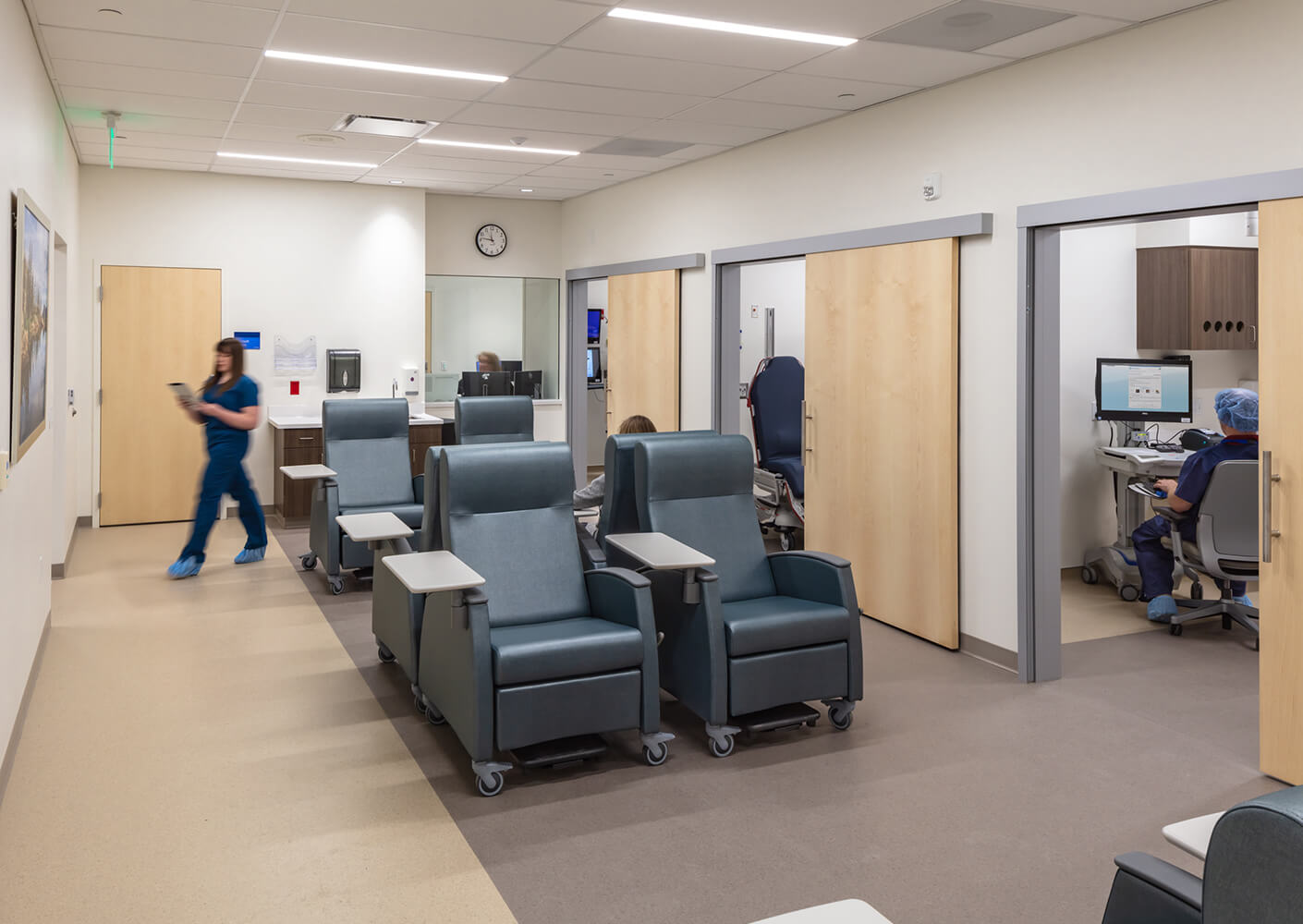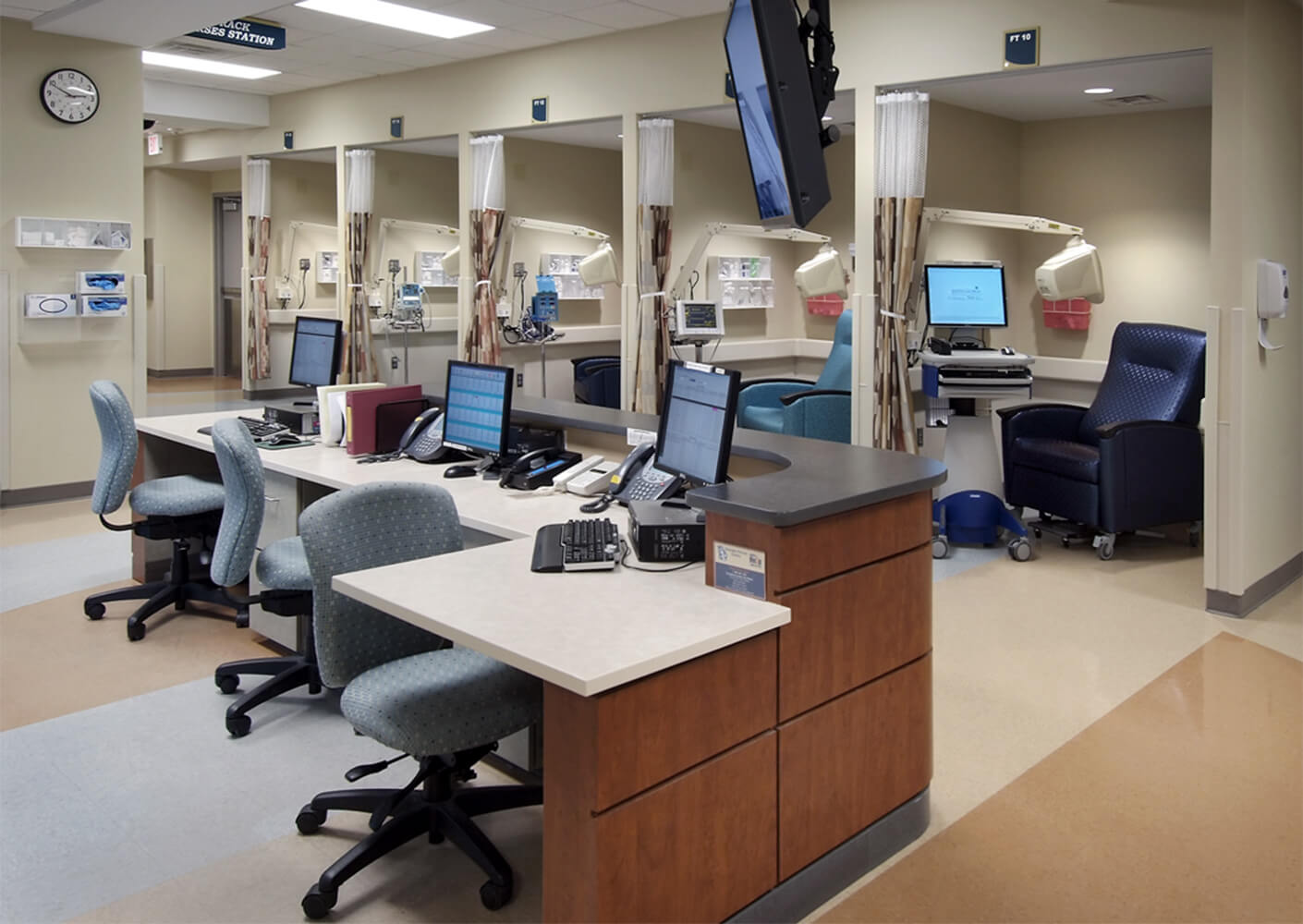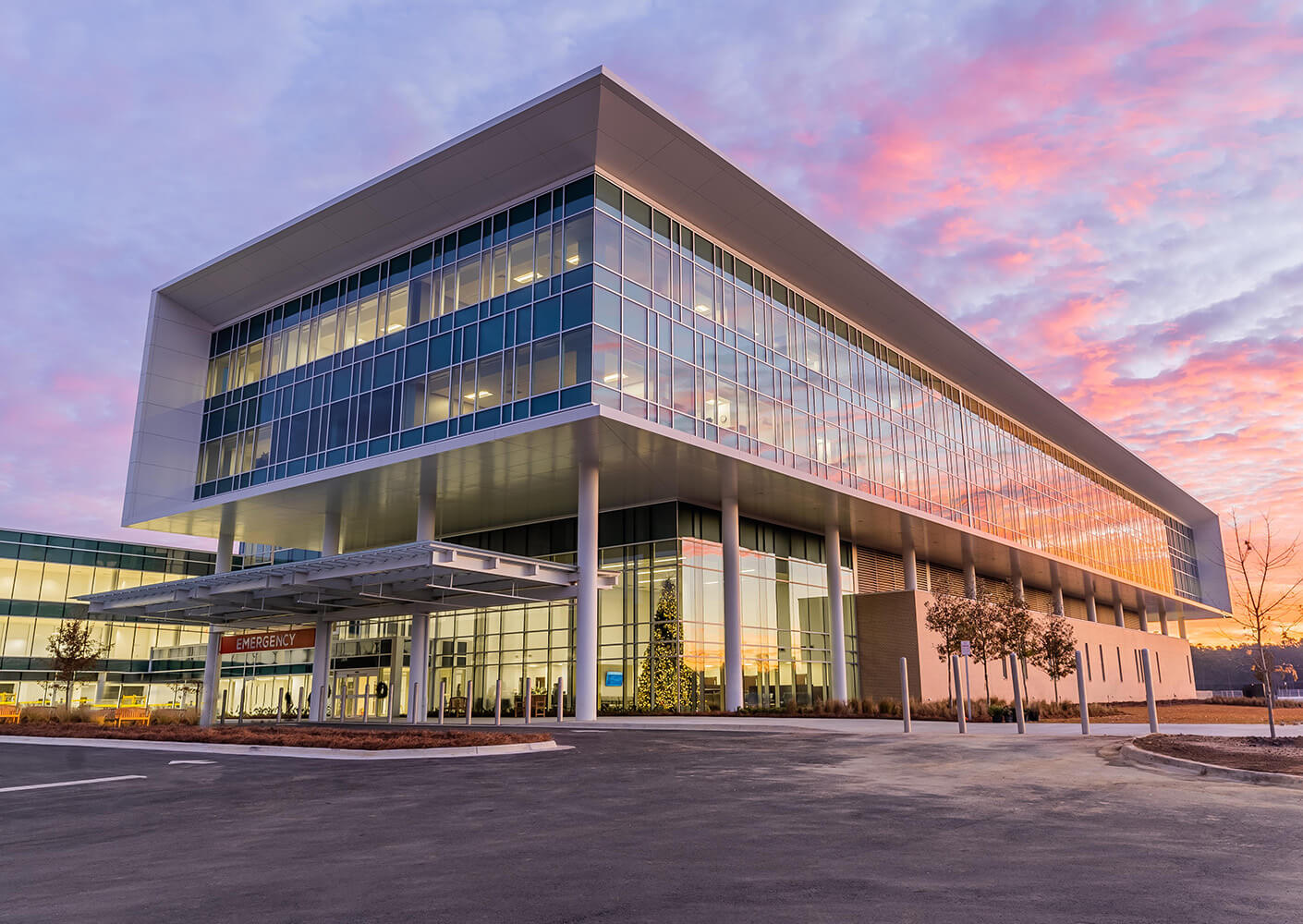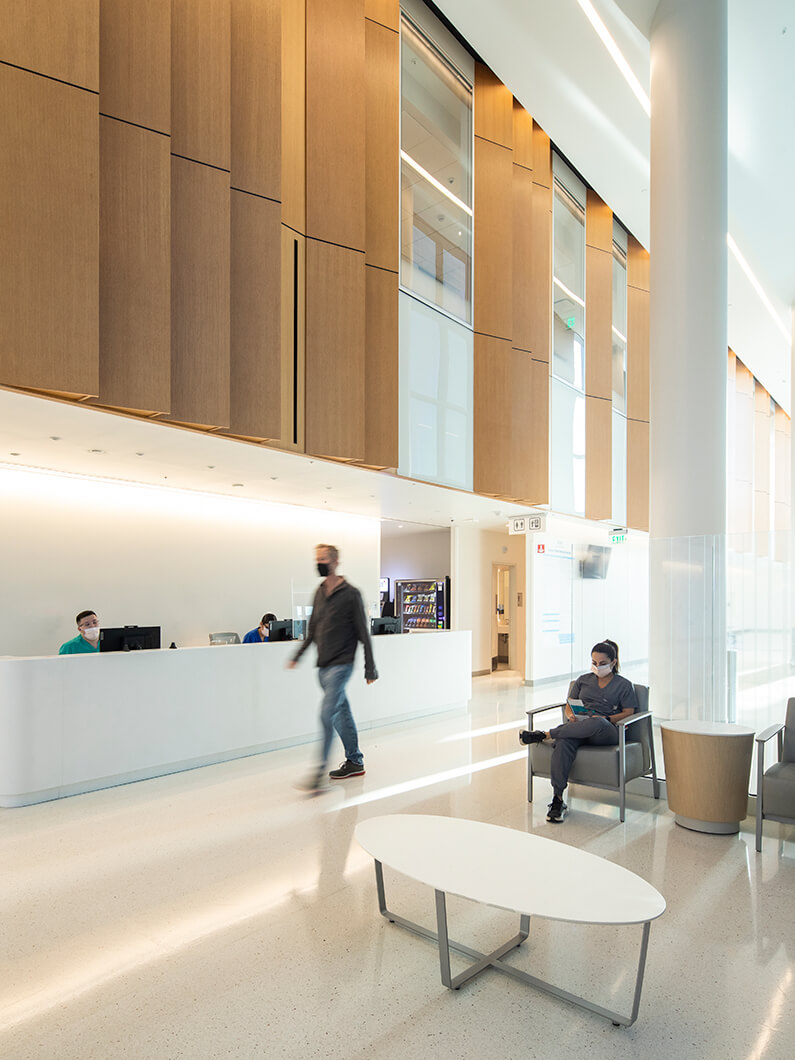By Marvina Williams, RN, BSN, Senior Medical Planner
At the start of the COVID-19 outbreak, I shared my insights about how Emergency Department (ED) design could respond to the needs of the patients, families, and healthcare workers on the frontlines of this acute, large-scale crisis. Two years later, as we transition from pandemic to endemic reality, it’s time to refocus on triage, one of the department’s most important functions.
During the height of the pandemic, capacity and viral containment were the critical considerations for adapting and reallocating emergency space. Under endemic conditions, separating the walking critical from the walking wounded is foremost.
Most EDs have a designated “triage room,” but I can’t tell you how many times I have heard charge nurses remind the staff that “triage is not a place, it’s a process.” Because a patient’s condition can change at any time, triage can occur at the ambulance, the front desk, a bed, in the hallway. ED staff stay current in evidence-based best practices so they can be prepared to respond as quickly and efficiently as possible, but they also need spaces designed for the speed of change in emergency rooms. That means flexibly equipped areas, like “universal modules.” It also means interventions that adapt to our ever-evolving triage protocols.
The widespread adoption of the Emergency Severity Index (ESI), now maintained by the Emergency Nurses Association—of which I am a proud member—is transforming space efficiency in Emergency Departments. Not only does it sensitize triage assessment on a five-point scale, from most critical (1) to least (5), but it also makes resource recommendations according to each “acuity” level. A Level 1 (critical) patient always gets a room, multiple personnel, and supplies; typically fewer resources are required to evaluate a Level 5 patient.
The ESI has been game-changing because it empowers EDs with a rationale to form dedicated triage teams and create staging areas and adaptive operations. In my trauma center several years ago, we implemented “Initial Triage” or “Pivot Nurse,” a specially trained team of nurses who greeted patients in the lobby of the ED, received the patient complaint, and delivered the patient to a stretcher or the triage room based on a “quick look” acuity assessment. Today EDs around the world are implementing similar Rapid Medical Evaluation (RME) interventions for their triage protocols. These include concepts such as Fast-Tracks/Super Tracks, Provider in Triage (PIT), and Results Pending areas.
The bottom line is determining the best plan of care. Obviously, every second counts for the walking critical, who are typically easy to identify. But some Level 3 patients can appear stable at the time of their complaint even though their condition is critical. In addition to reducing wait times and prioritizing accurate assessment, integrating triage planning into ED design makes all the difference when the wounded suddenly turn critical.
At Perkins&Will, our healthcare teams have been designing solutions for triage protocols since I joined the firm 18 years ago. Here are a few of the triage innovations we have completed for our Emergency Department clients in a range of healthcare settings:
